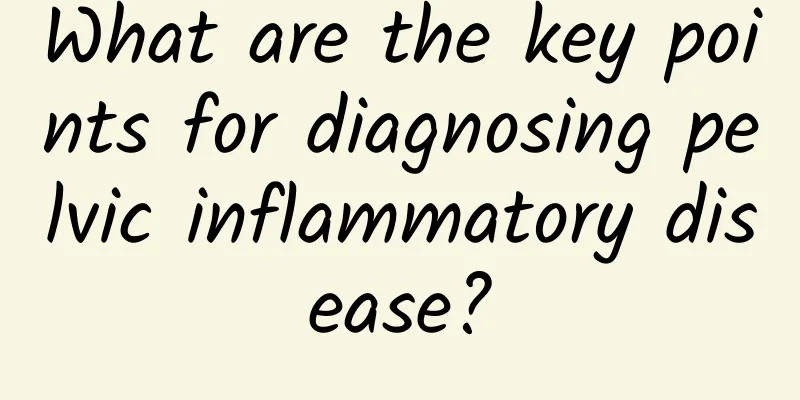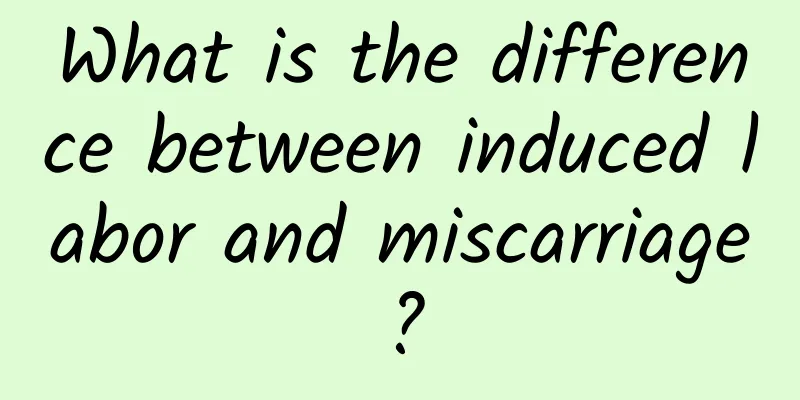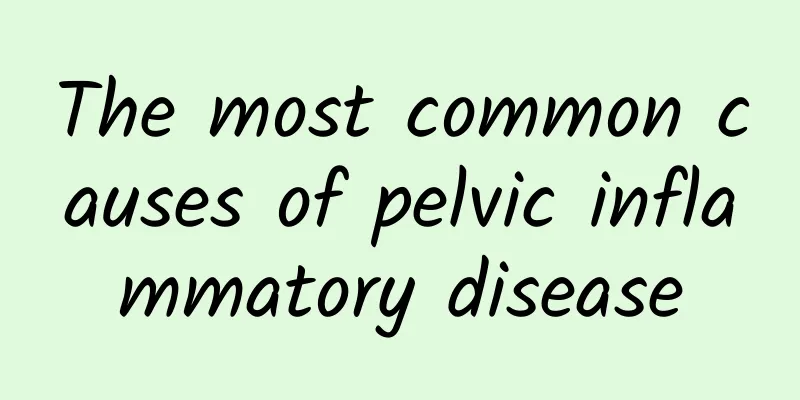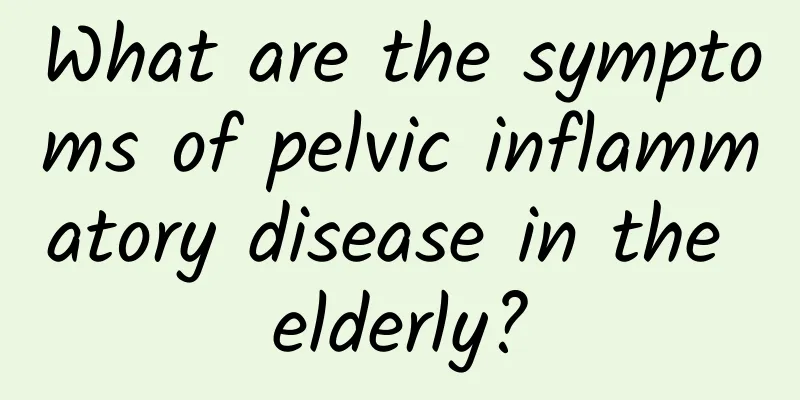Chronic pelvic inflammatory disease is also called sequelae of pelvic inflammatory disease
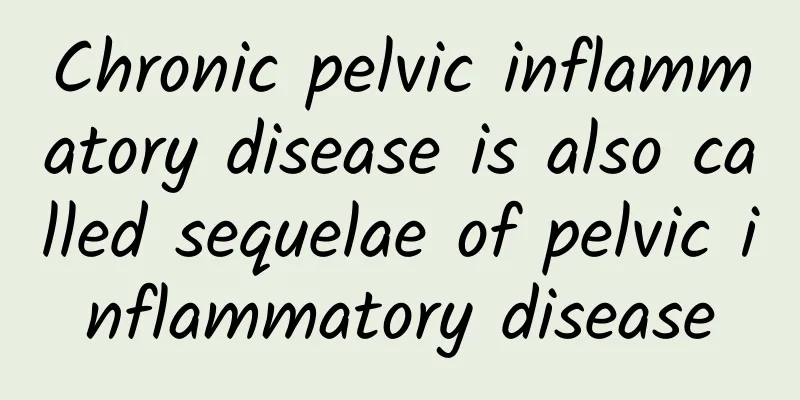
|
Pelvic inflammatory disease, or pelvic inflammation, refers to inflammation of the female pelvic reproductive organs, the connective tissue around the uterus, and the pelvic peritoneum. Chronic pelvic inflammation is often caused by incomplete treatment of the acute phase. It takes a long time to develop and is a stubborn disease. Bacteria retrogradely infect the uterus and fallopian tubes and reach the pelvic cavity. But in real life, not all women will suffer from pelvic inflammatory disease, only a few will. This is because the female reproductive system has a natural defense function that can resist bacterial invasion under normal circumstances. Pelvic inflammatory disease will only occur when the body's resistance is reduced or the natural defense function of women is destroyed due to other reasons. Sequelae of pelvic inflammatory disease refers to a series of sequelae caused by pelvic inflammatory disease that is not treated promptly and correctly. In the past, it was mostly called chronic pelvic inflammation. In the past decade, literature and textbooks have abandoned this term and replaced it with sequelae of pelvic inflammatory disease, which are generally divided into short-term and long-term sequelae. Short-term sequelae include perihepatitis, salpingitis, ovarian abscess, etc. The incidence of long-term sequelae is about 25%, mainly including infertility, ectopic pregnancy, chronic pelvic pain, etc. Short-term sequelae of pelvic inflammatory disease patients include perihepatitis (Filipino-Kohl syndrome), tubo-ovarian abscesses, and rare death. Long-term sequelae include infertility, ectopic pregnancy, and chronic pelvic pain. Sequelae of PID are related to whether PID can be diagnosed and effectively treated early, to "asymptomatic" or "hidden" PID, and to the number of PID attacks. Foreign literature reports that none of the patients with clinical PID symptoms treated within 2 days of symptom onset developed infertility. Another report found that the probability of infertility in patients treated 3 days after symptom onset was higher than that in patients treated within 3 days (19.7%: 8.3%). In summary, the concept and diagnosis of chronic pelvic inflammatory disease are relatively vague. The chronic pelvic inflammatory disease previously diagnosed in China may include atypical or latent PID and recurrent PID, or may include PID sequelae or both. If the concept of chronic pelvic inflammatory disease in China continues, it may continue to lead to misdiagnosis and delayed treatment of a large part of PID, thus leading to the occurrence of PID sequelae. |
<<: What are the symptoms of pelvic inflammatory disease?
>>: Treatment of gynecological diseases pelvic inflammatory disease affects life expectancy
Recommend
What are the diagnostic criteria for dysmenorrhea?
What are the diagnostic criteria for dysmenorrhea...
Symptoms of atrophic vulvar leukoplakia at different stages
Atrophic vulvar leukoplakia is a type of vulvar l...
Common ways to regulate irregular menstruation
Common ways to regulate irregular menstruation: 1...
What is Pelvic Inflammatory Disease Massage Therapy?
What is pelvic inflammatory disease massage thera...
Does pelvic peritonitis require surgery?
Pelvic peritonitis is a very common gynecological...
Is it expensive to treat functional uterine bleeding?
Functional uterine bleeding is very harmful in li...
Drink black and white fungus drink to burn fat for pear body
Spring is the time for girls to show off their sl...
What tests should be done for irregular menstruation
What kind of examinations are needed for irregula...
What is the cause of the brown liquid flowing out between the two menstrual periods?
What happens if brown liquid flows out between tw...
What are the typical symptoms of uterine fibroids?
Many female friends may be familiar with uterine ...
What kind of anti-inflammatory injection is good for uterine fibroids? Is anti-inflammatory medicine effective for uterine fibroids?
What kind of anti-inflammatory injection is good ...
Specific clinical symptoms of cervicitis
Cervicitis is a gynecological disease that many w...
What causes cervicitis and how to treat it
Cervicitis is often caused by infection or irrita...
What are the symptoms and characteristics of subserosal fibroids?
Subserosal fibroids are a type of uterine fibroid...
The savior of weight loss and detoxification depends on 5 types of nutrients
Text/Lin Qinggu (family medicine physician) Fresh...

